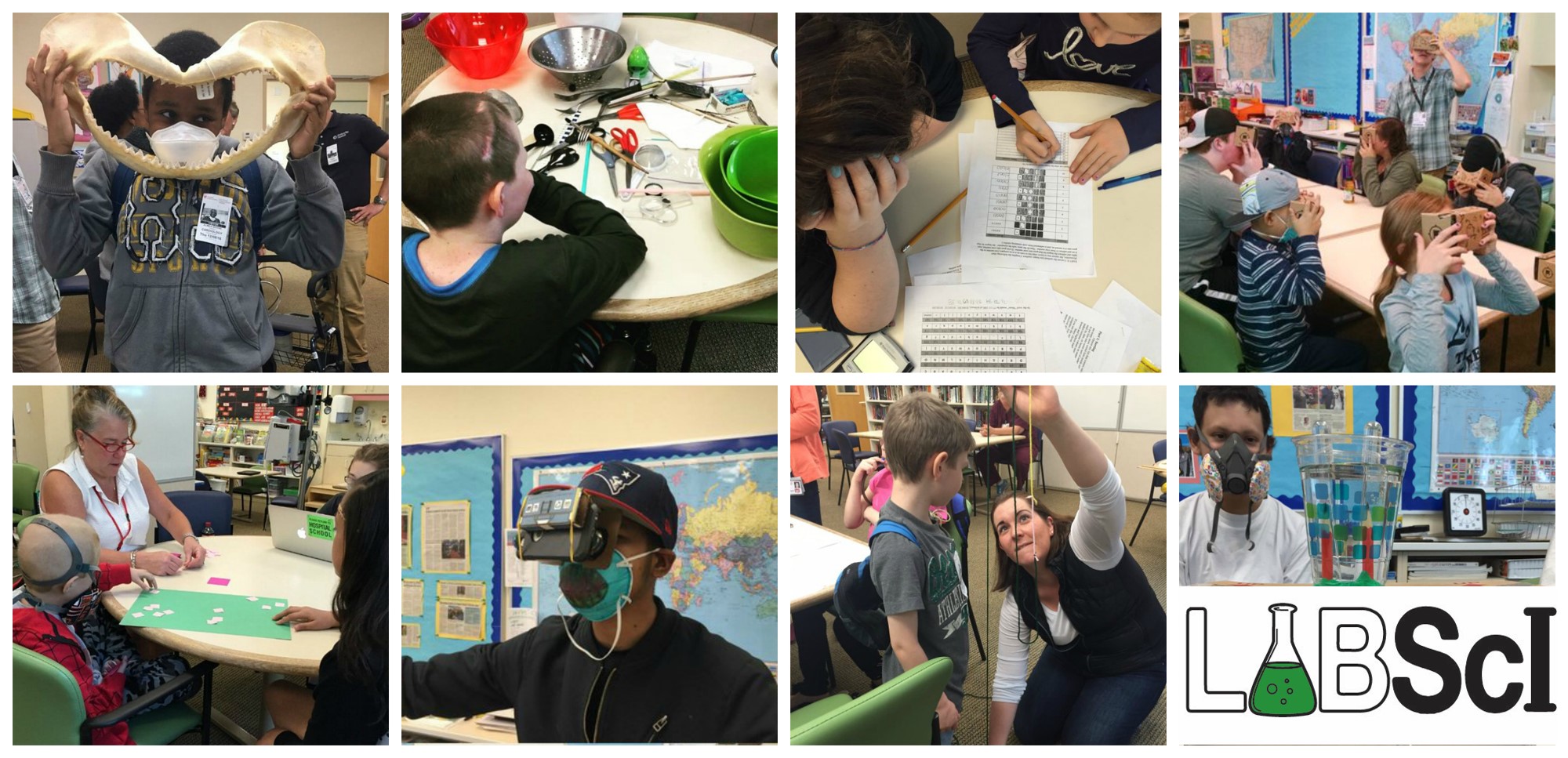In this lab, students will study pendulums – systems that swing back and forth under the pull of gravity. They will explore the factors that affect how fast a pendulum swings and will also observe resonance (increasing vibrations), which occurs when a pendulum is pushed by a force that happens to exactly match its natural swinging frequency.
Download the labs!
Student Version
Student Advanced Version
Teacher Version
Recommended Prerequisites:
- Students doing the basic version of this lab should be comfortable dividing by 10.
- Students doing the advanced version of this lab should be comfortable with arithmetic, square roots, and approximate plotting of an observation. The optional calculations section requires familiarity with algebraic expressions, and an optional challenge question requires basic dimensional analysis (units of physical quantities).
Key Concepts:
- The period is the amount of time it takes the pendulum to make one back-and-forth swing.
- The frequency is the number of swings the pendulum makes per unit time.
- The amplitude measures how far the pendulum is pulled back and swings.
- Resonance is the back-and-forth motion that becomes especially strong when a pendulum is repeatedly pushed at its natural frequency (the same frequency it already has as determined by the pendulum’s length and the strength of gravity). This effect can happen with any system that has a natural vibrating frequency (e.g., earthquake toppling a building, opera singer breaking a crystal glass, etc.).
Materials:
- 2 rulers or sticks; a flat table to which they can be taped
- meter stick (or another ruler with cm markings)
- several meters of string or yarn
- 5 small weights (e.g.: washers) that can be tied to the end of a string
- Duct tape
- protractor
- stop watch
- calculator
- OPTIONAL: computer with internet access for demonstration of “beats” with sound waves
